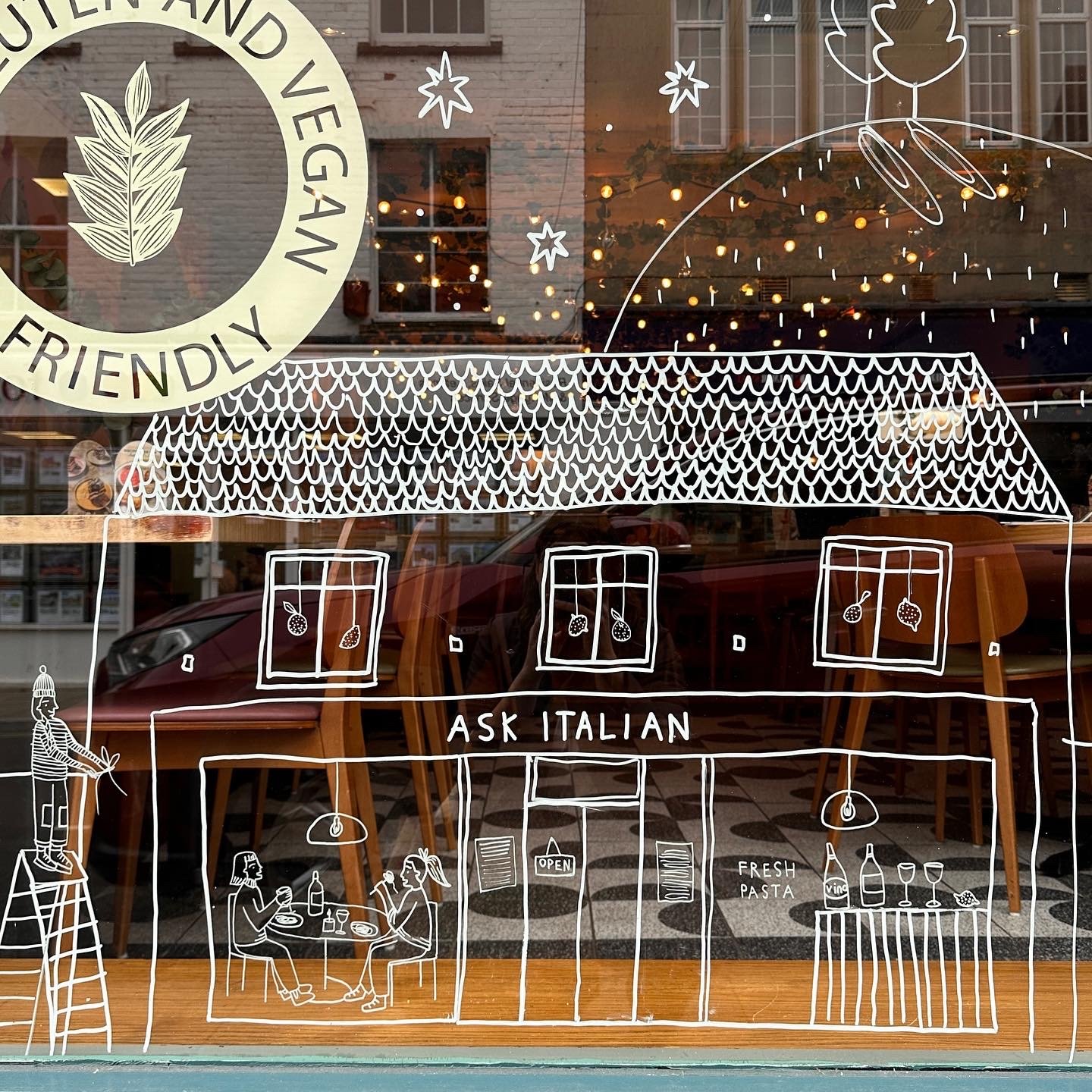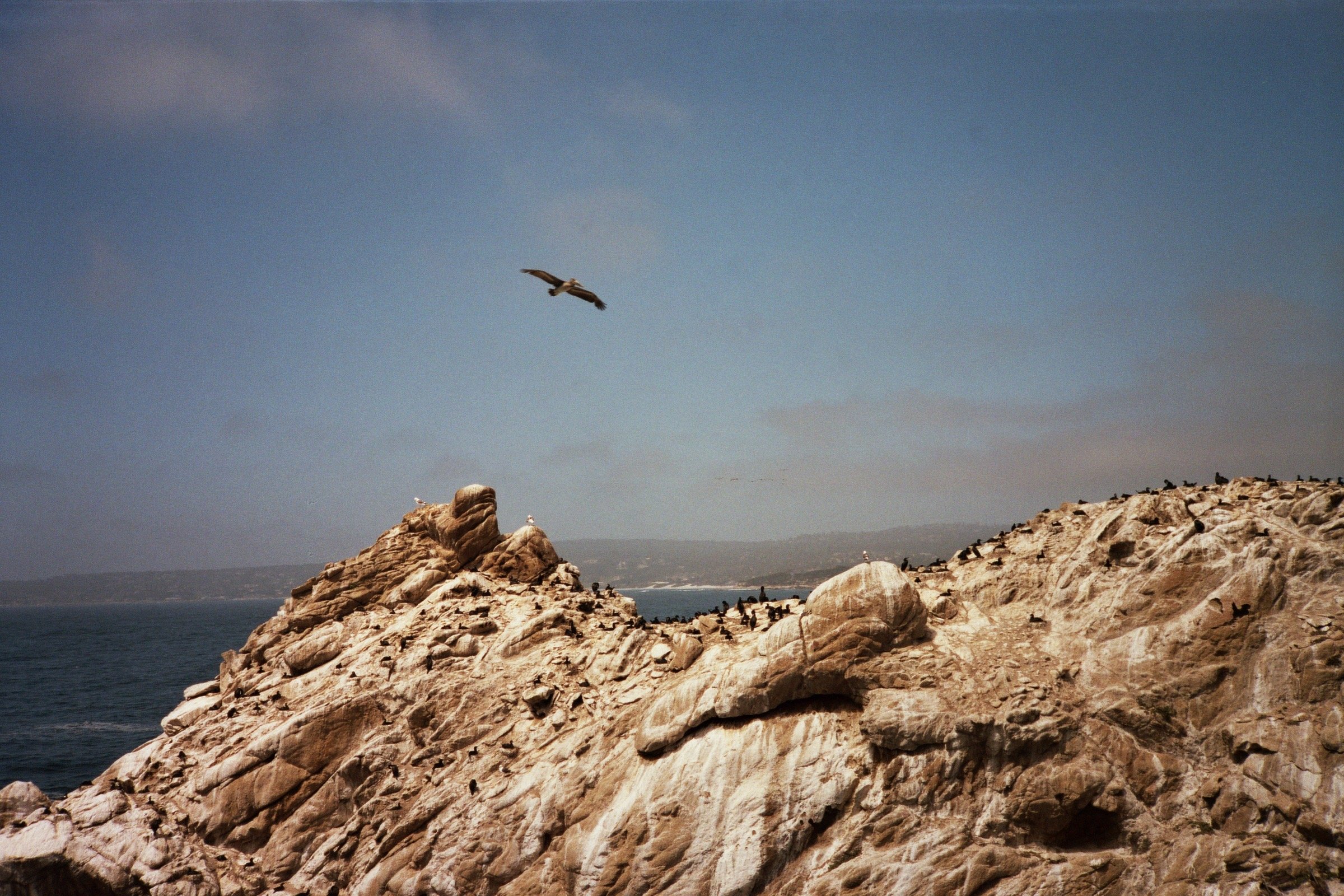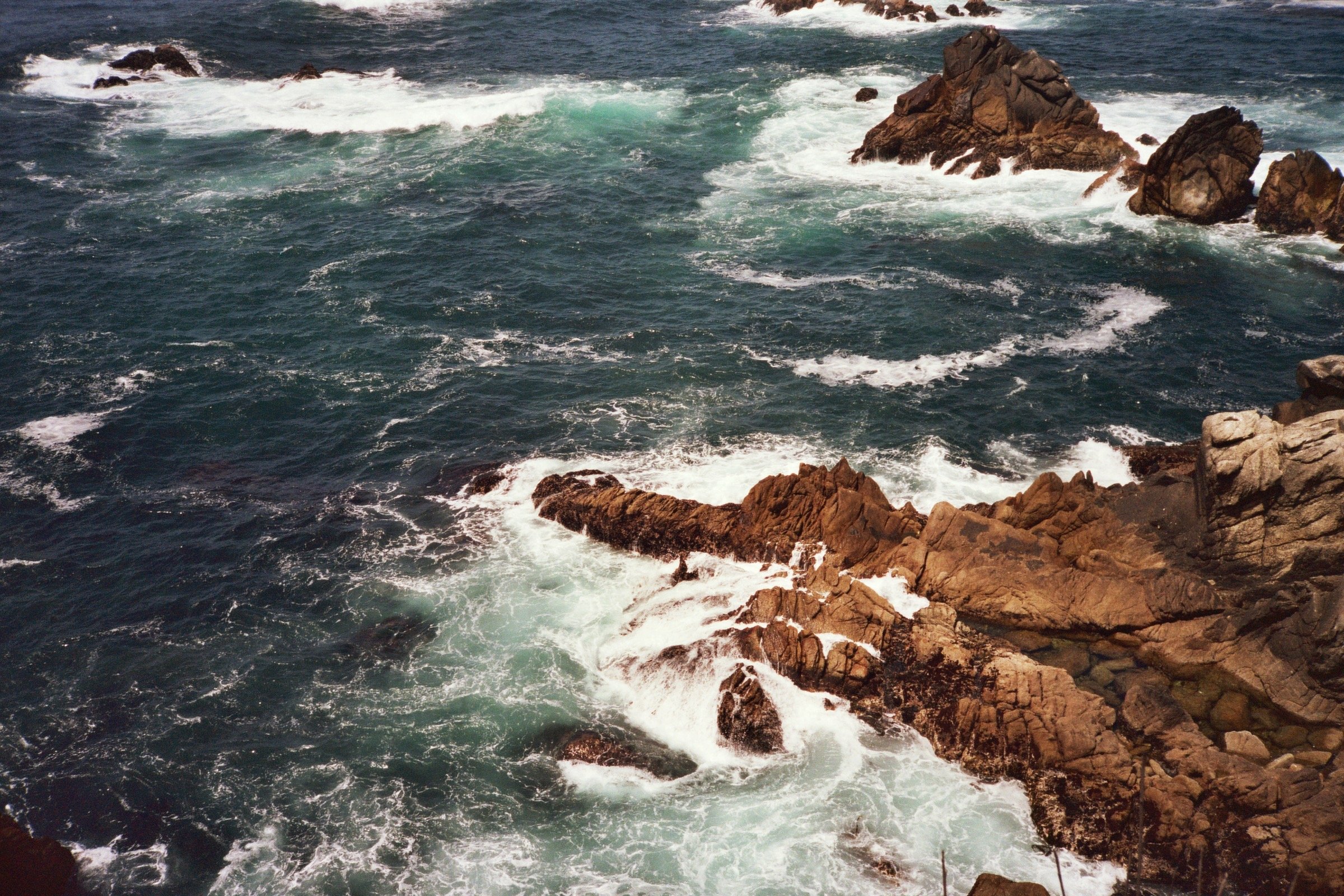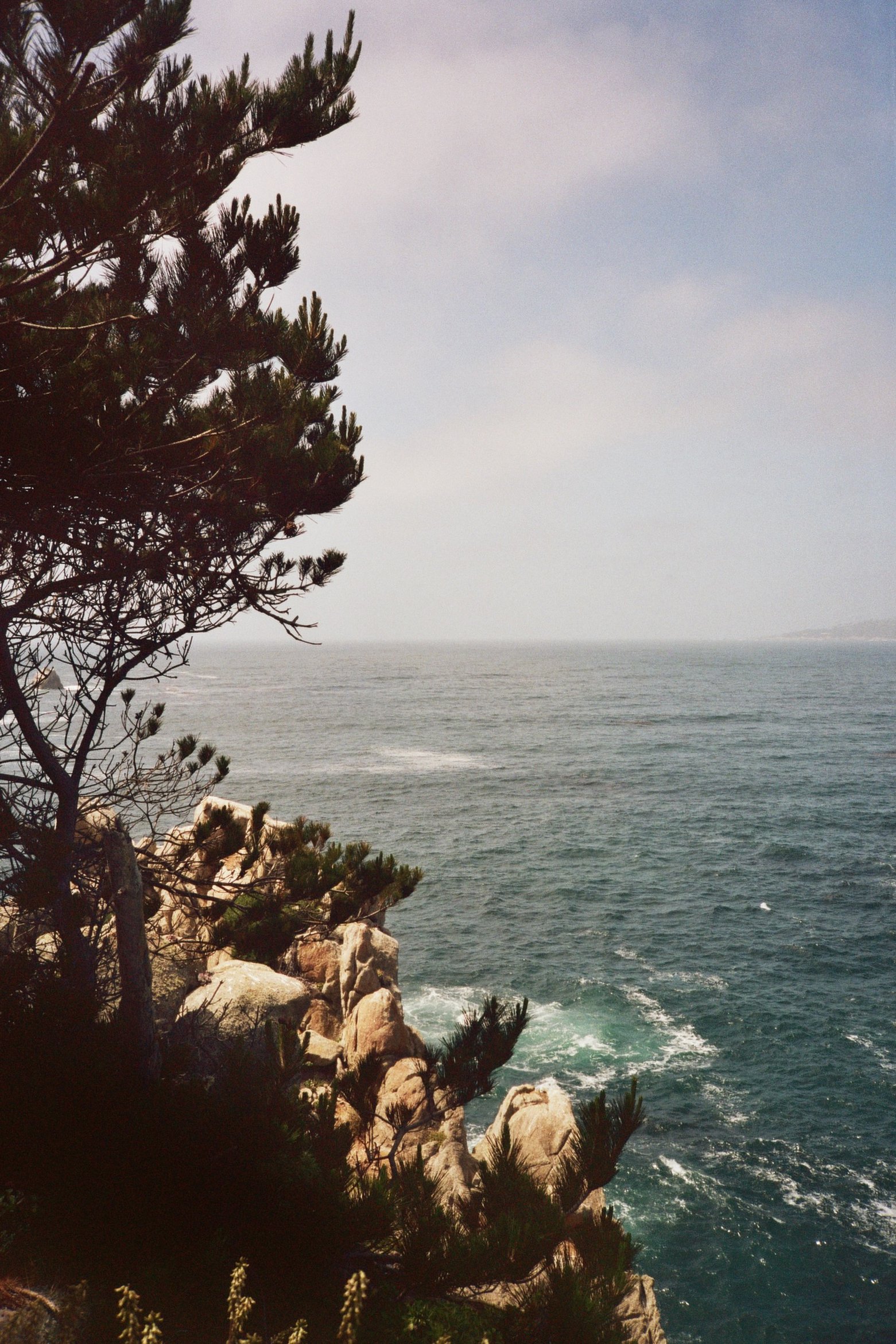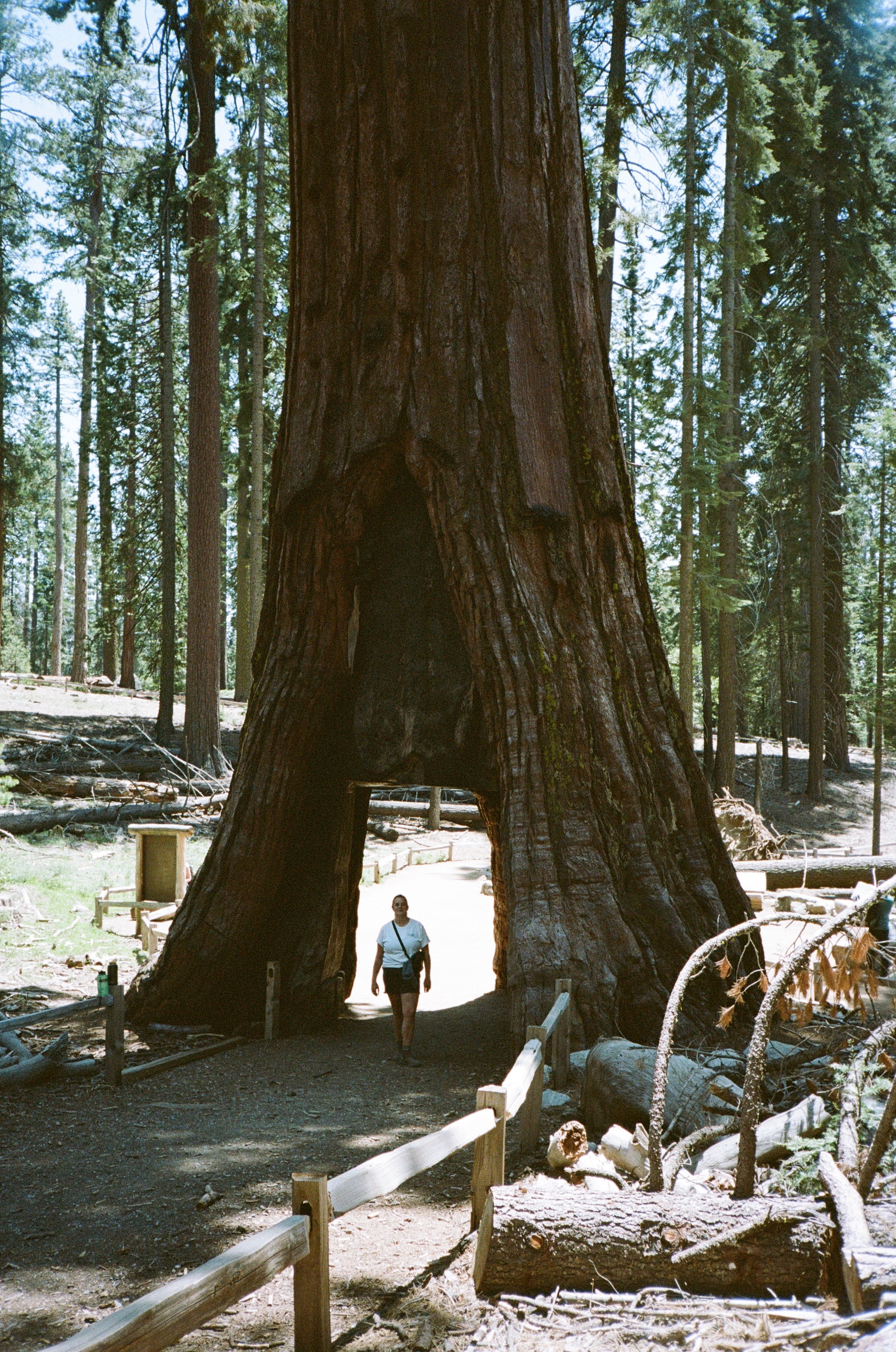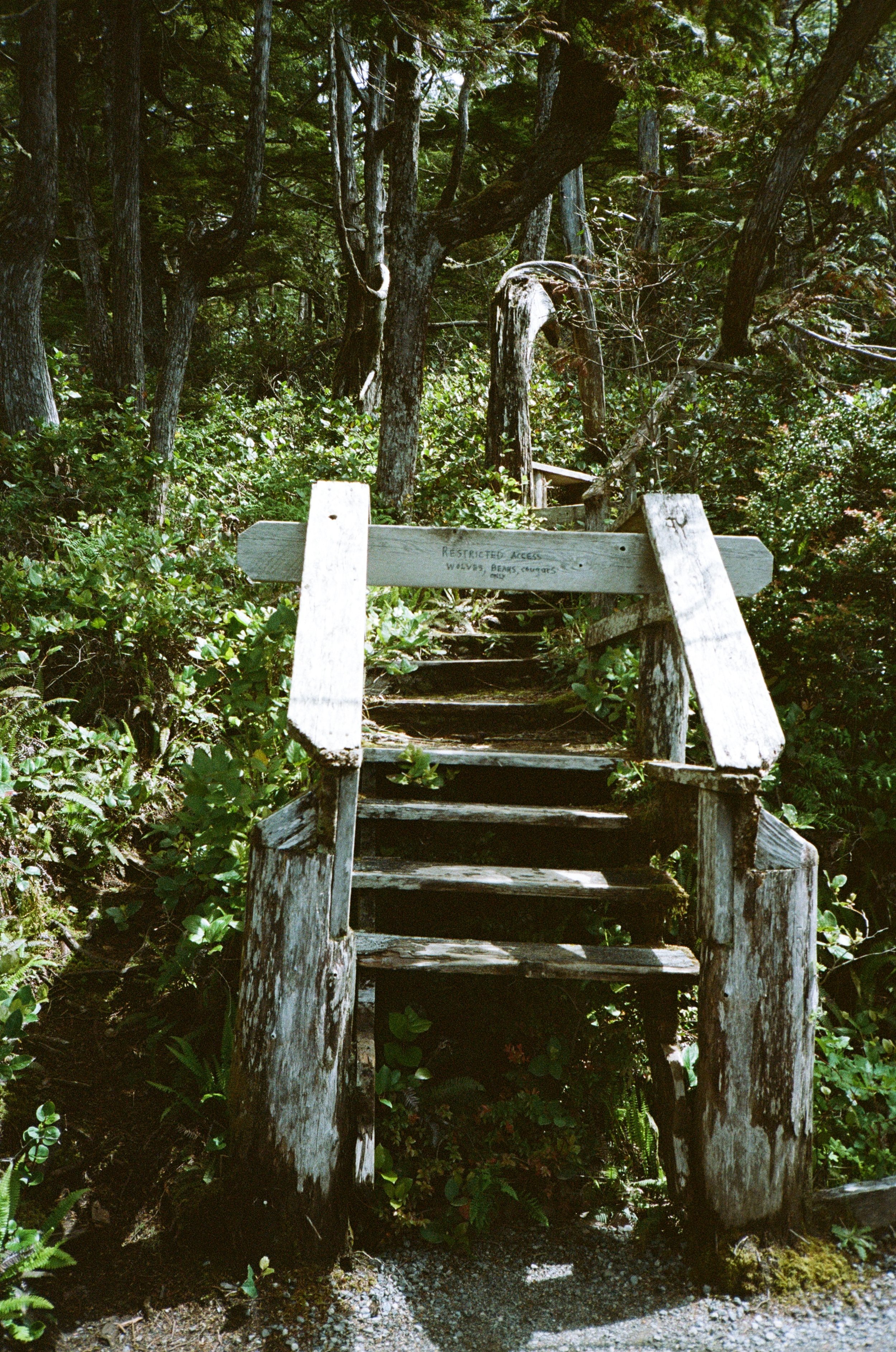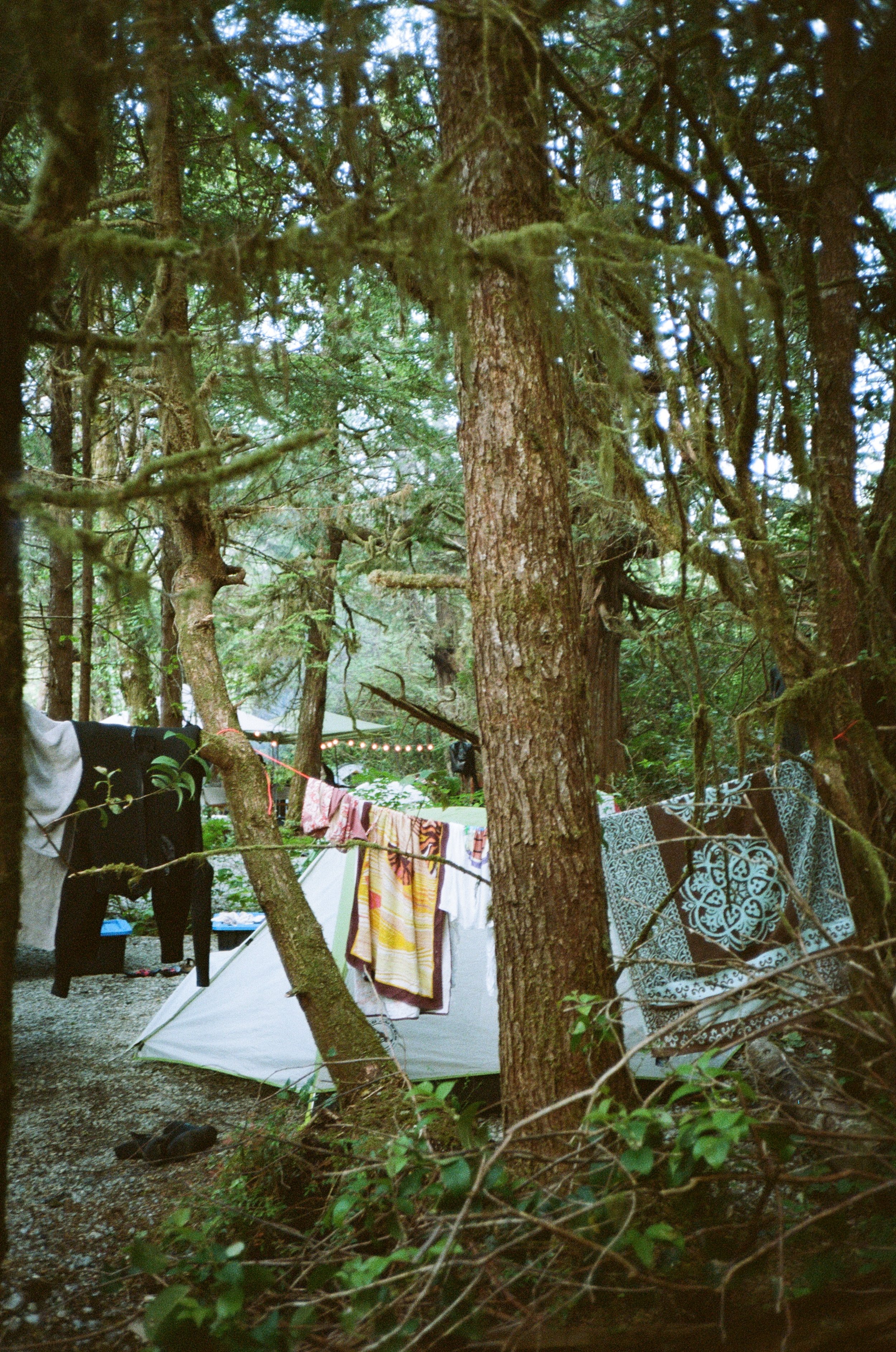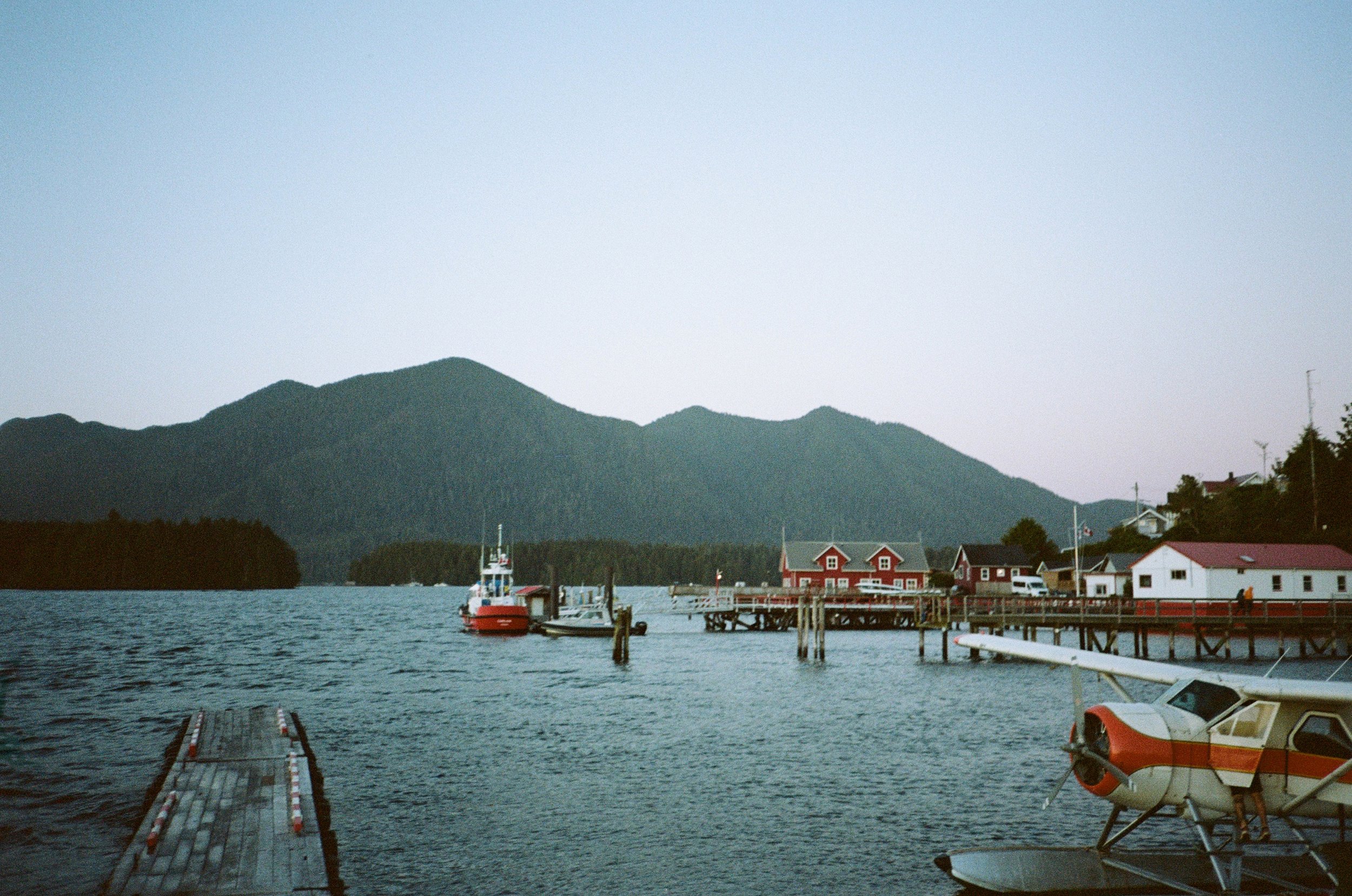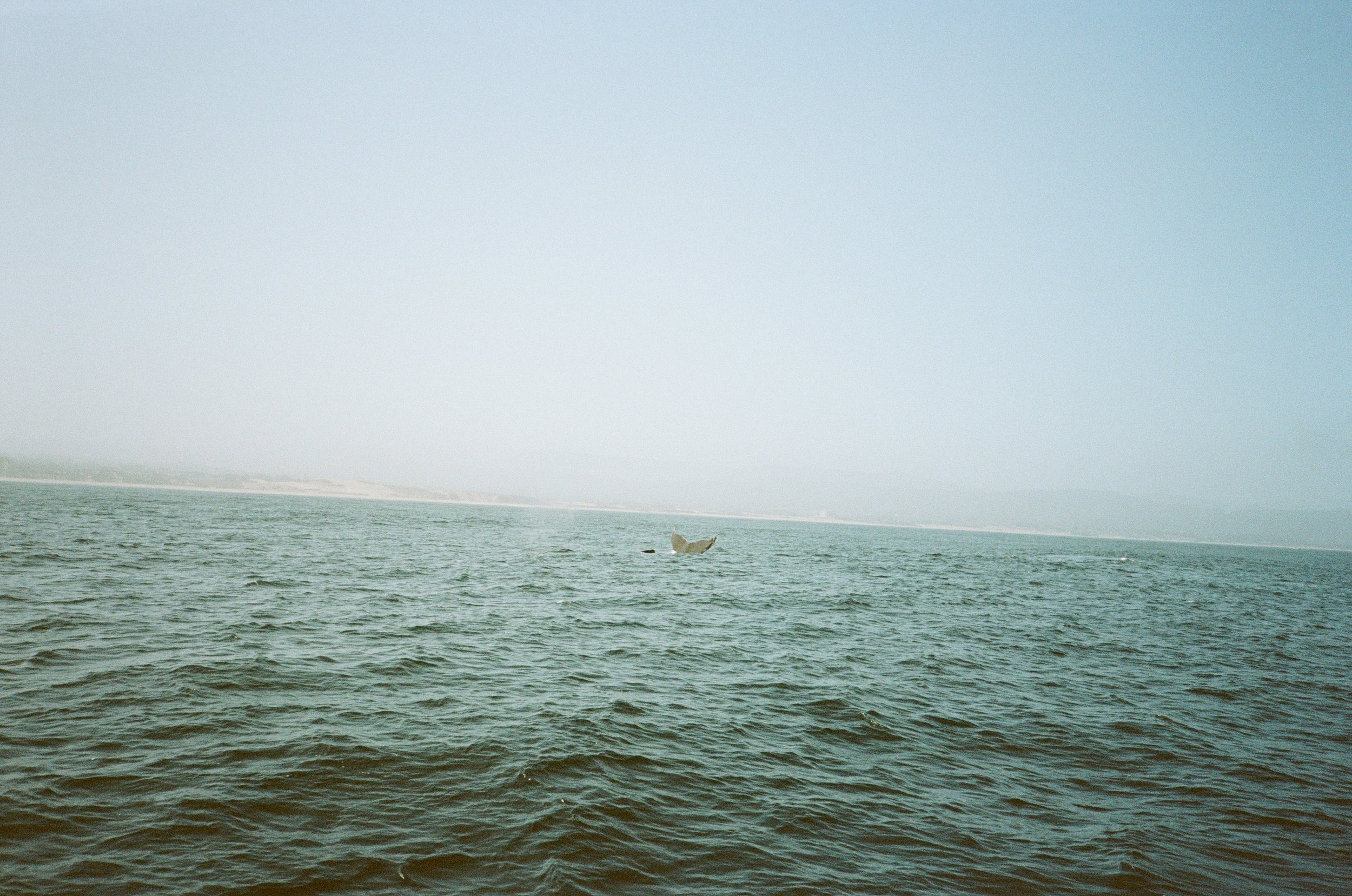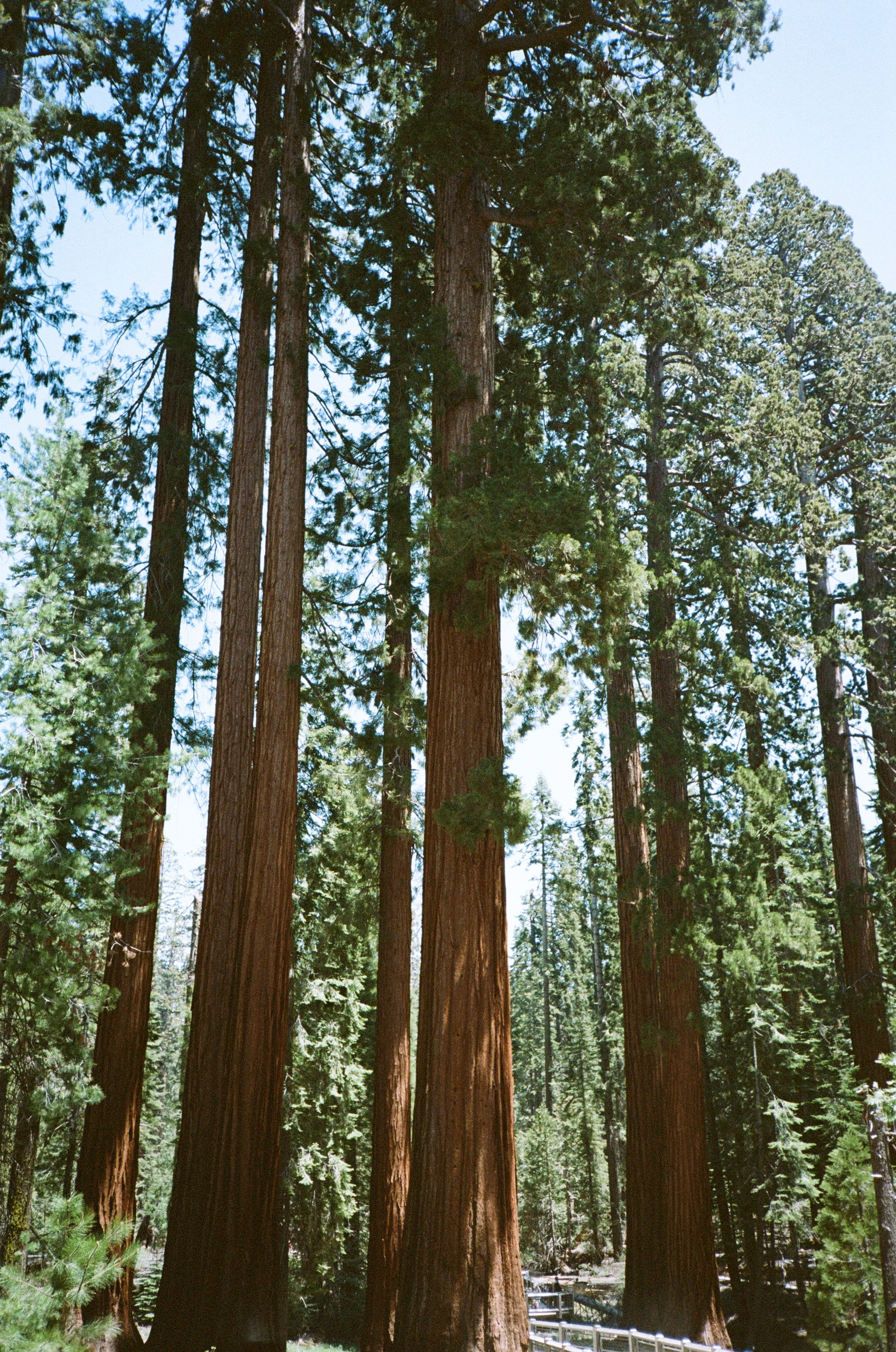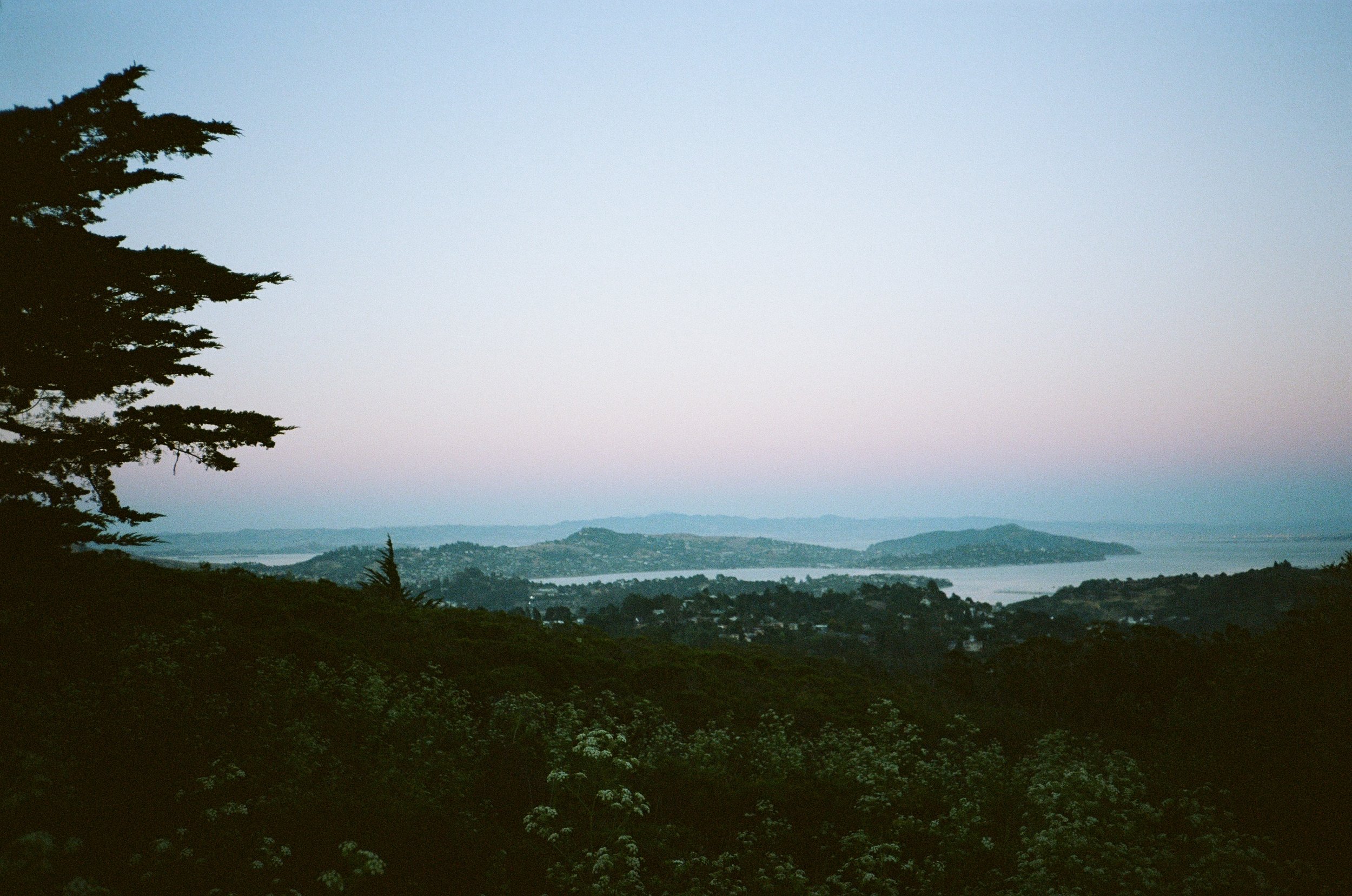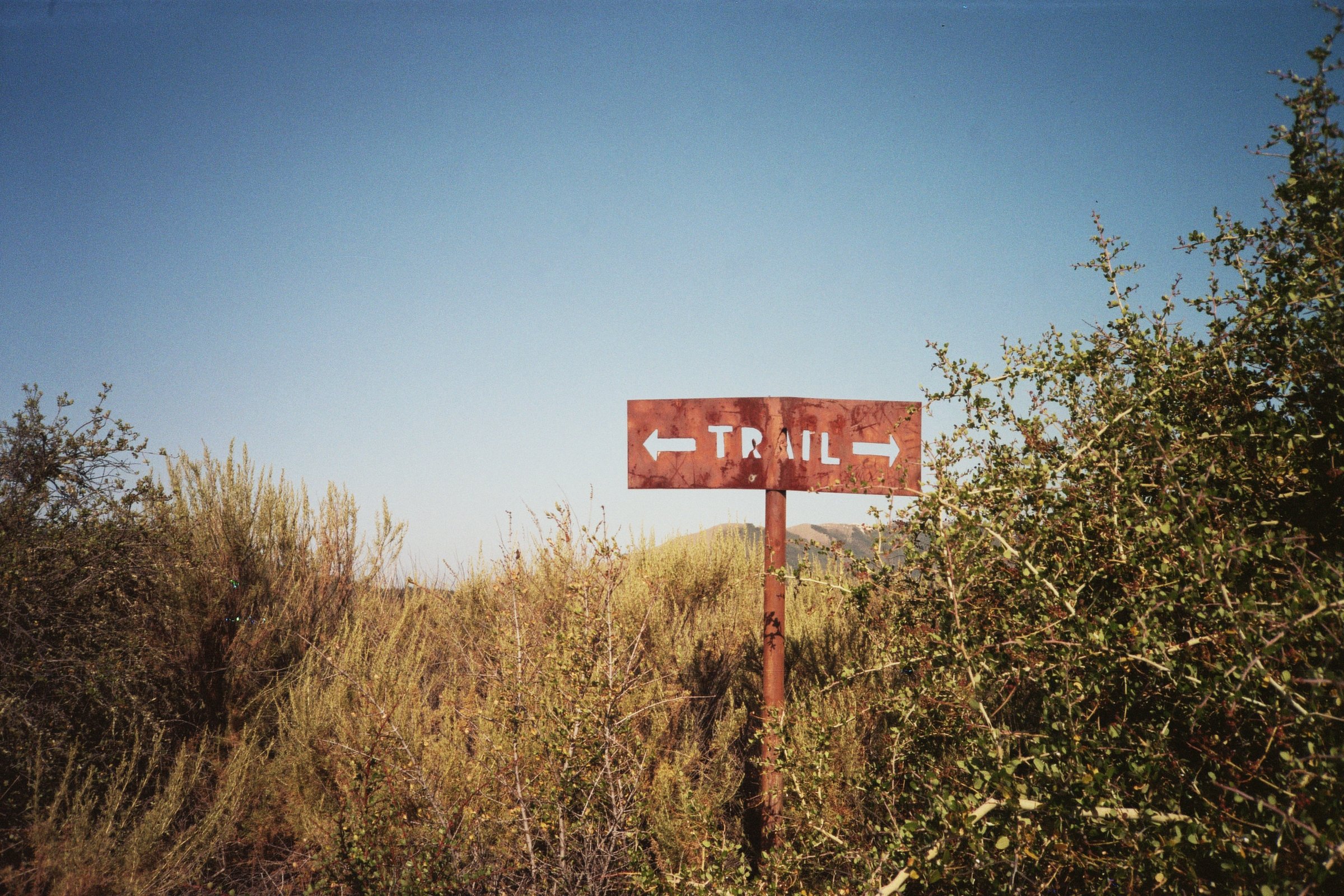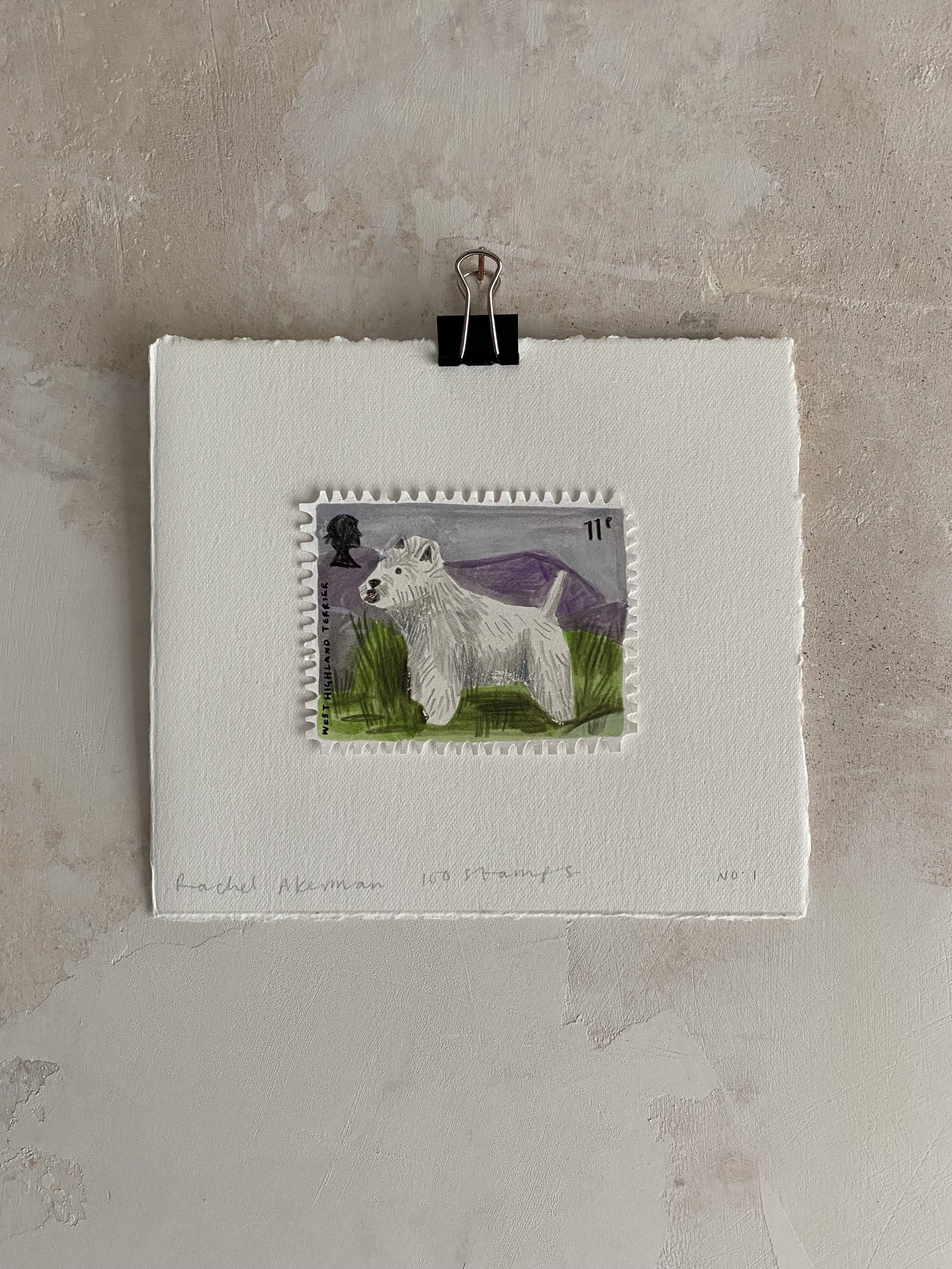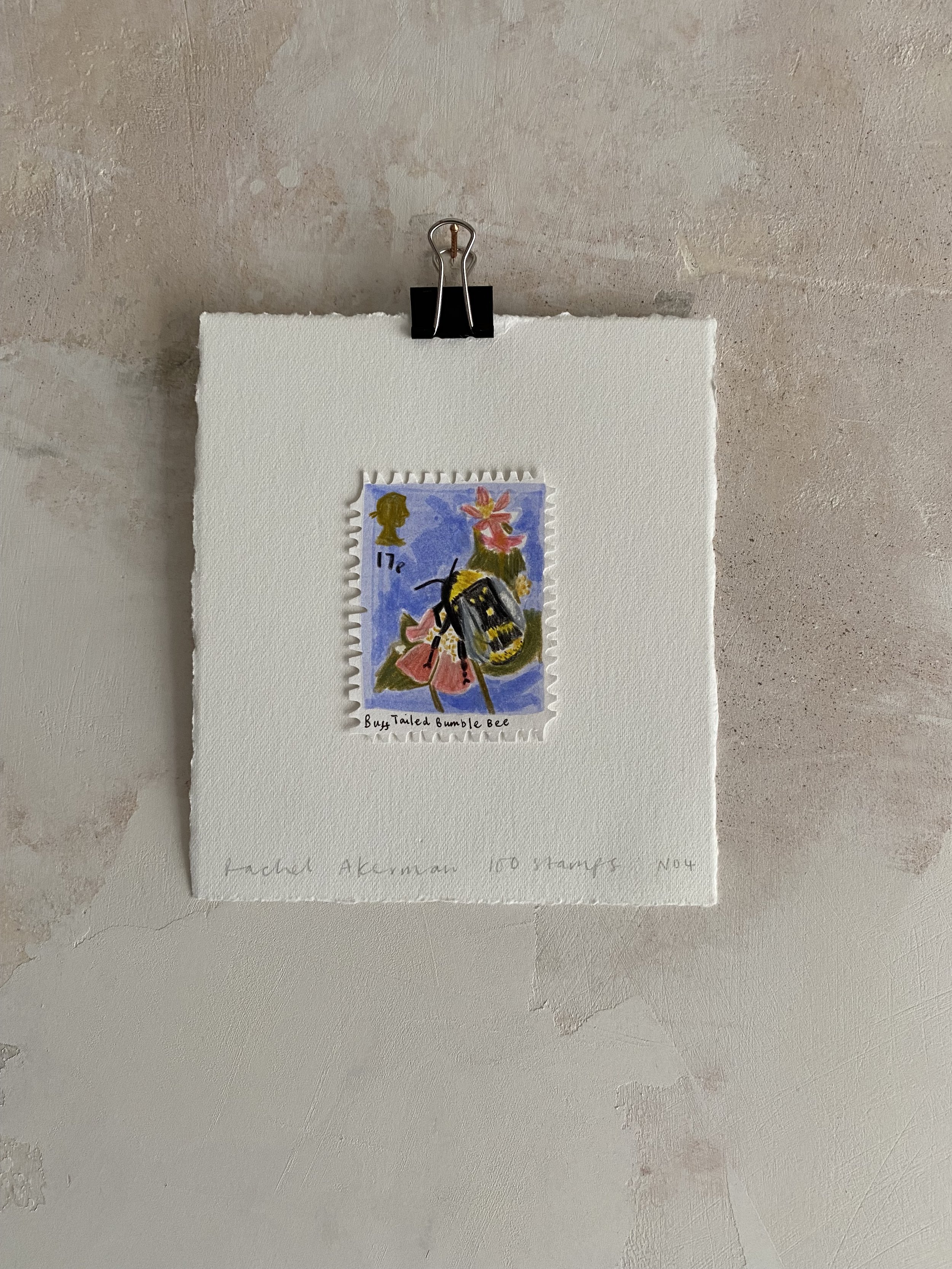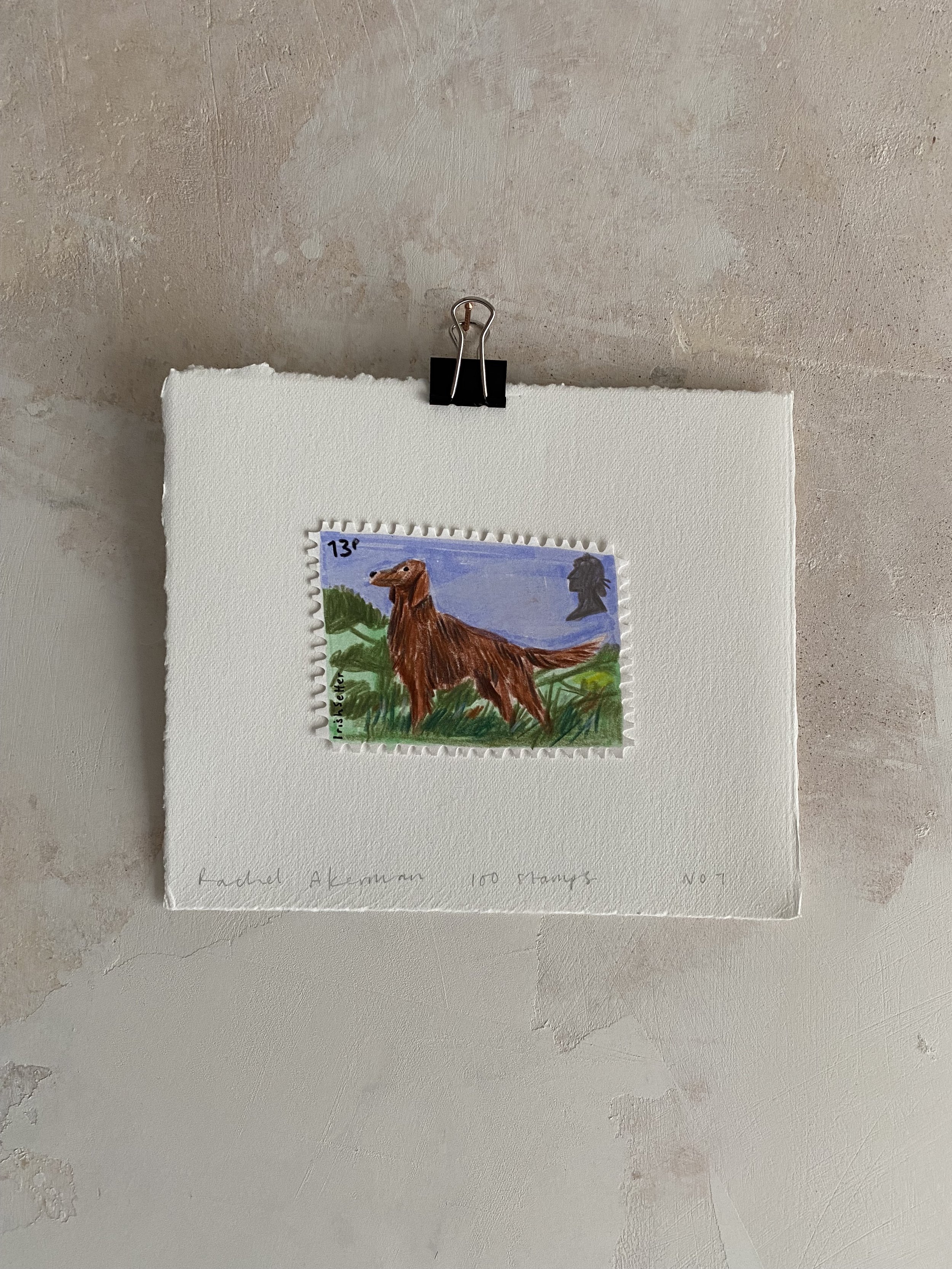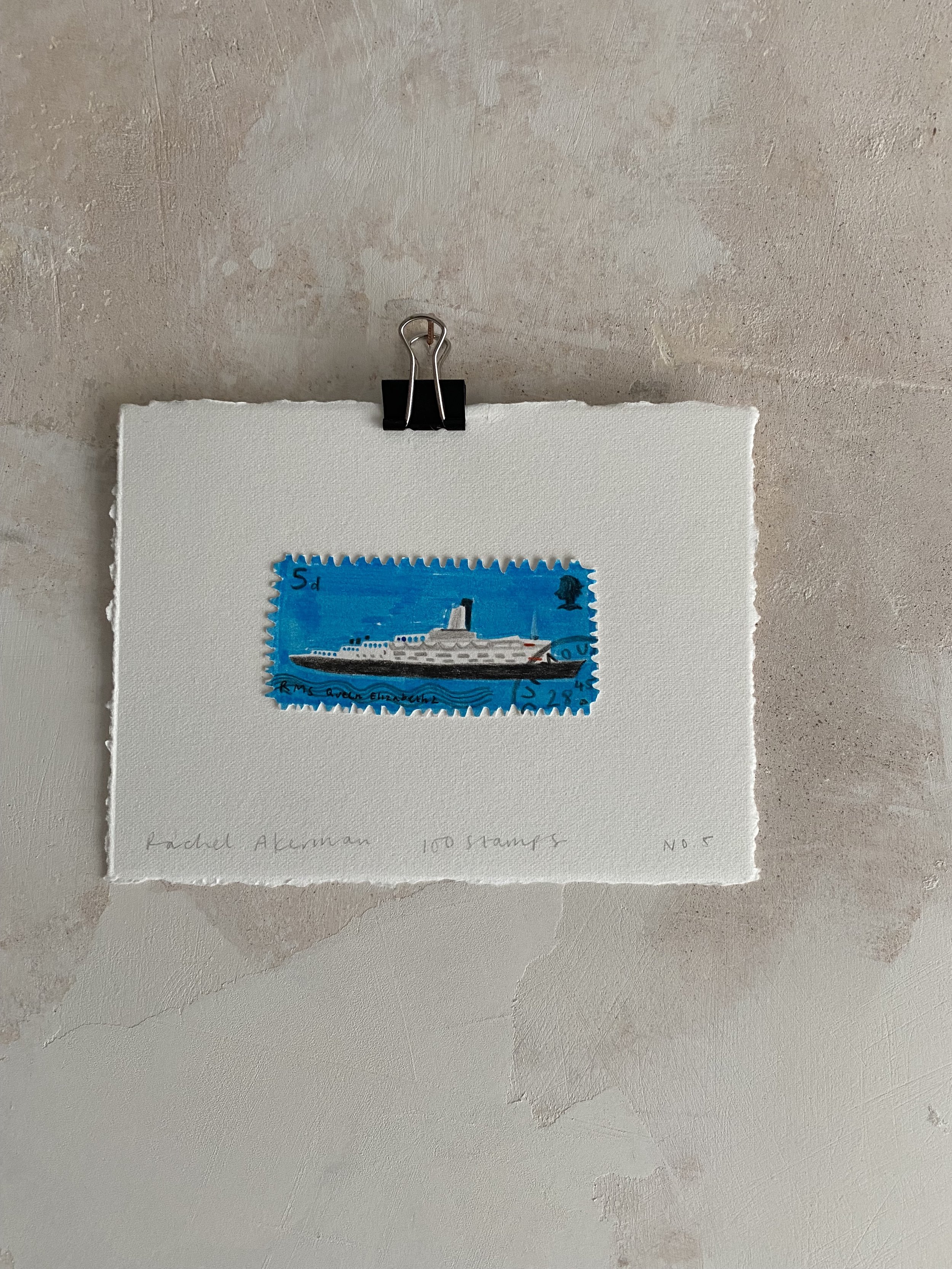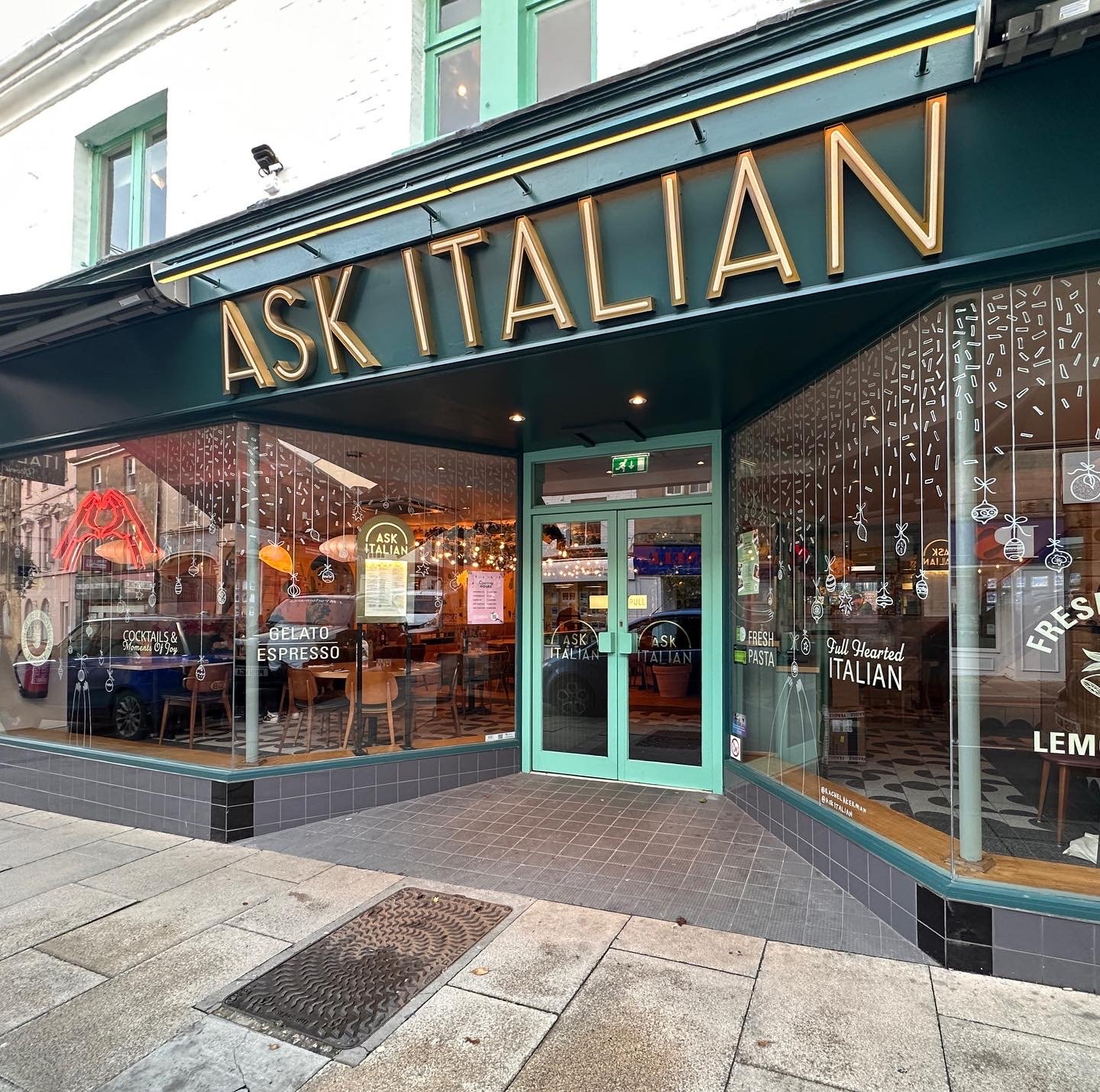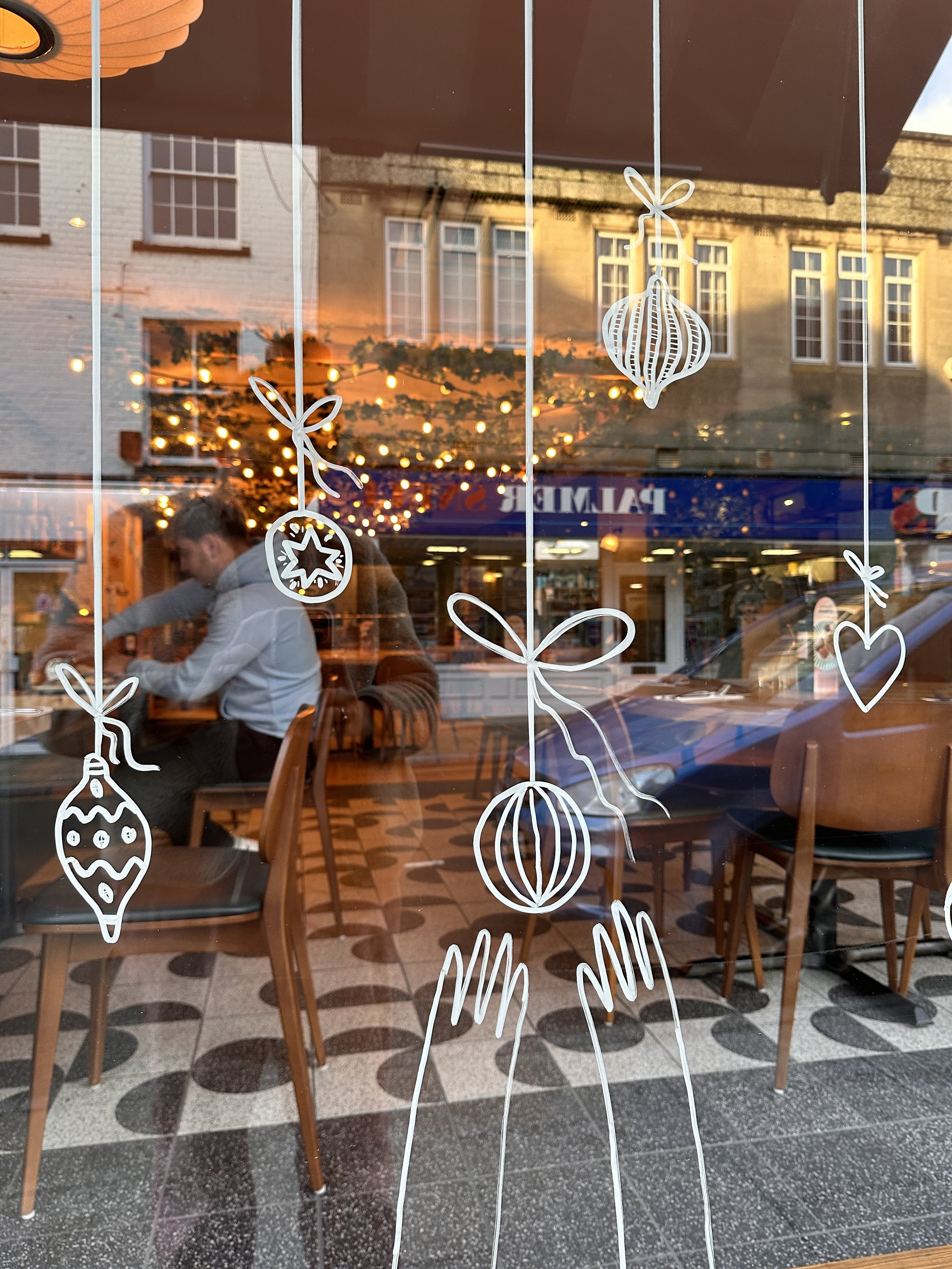“I first learned of the Pacific Crest Trail in 2016 whilst scrolling through nature books in a bookshop in London - a one-foot by 2,650-mile dusty ribbon stretching from the Mexican to the Canadian border across the United States. Every year an unknown number of people to hike it in its entirety, carrying only the packs on their backs, walking 10, 20, 30 miles a d sleeping under the stars. It's a feat that takes many an average of five to six months to complete than six weeks after first finding out about the trail I had booked a one-way flight to California 20 and had just finished university and felt disenchanted by the world of work and relatic mortgages and student debt. Nothing made sense, but somehow this did. I'd never heard of distance hiking before, and whilst I liked being outdoors I wasn't exactly outdoorsy - the most backpacking experience I had was three days in Wales whilst I was still in school. Th where I trailed at the back of the group with an overstuffed backpack, clutching my asthm: in one hand and a map which I didn't know how to read, in the other. Was this a good idea?
I arrived at San Diego airport in the early evening, flushed and nervous. I'd spent the flight looking down on the dusky peaks and cracked earth and imagining myself traversing those mountains, a tiny speck in the landscape. I tried to picture myself walking till my feet bled, pitching my tiny tent amongst the chaparral, searching for water in a dry, barren landscape, making all of this my home. l pared my belongings down to one small backpack and the clothes on my body. I'd spent months living on my friend's living room floor and saving every penny to buy a tent, a backpack, a stove, all those precious pieces of gear which would become crucial to my survival and enough money to live on for six months on the trail too. In a few days, I would be dropped off by strangers at the Mexican border at sunrise, then I'd start walking north, I'd walk and walk and walk all the way to Canada.
Whilst the PCT seemed completely nonsensical and incoherent to my friends and family, to me nothing had made more sense, perhaps in my entire life. My mum was inconsolable; when I first told my Dad he scoffed and said: "Well, there's no way you're going to be able to do that." Friends, family and complete strangers expressed great concerns for my safety, especially as a solo female hiker. Okay, you're going to do this, but surely you're not going to do it alone? Won't you like, get eaten by a bear or something? A 21-year-old girl alone in the American wilderness seemed inconceivable. Fast forward a year and I was standing in the middle of the Mojave desert with no idea what I was doing, only that it felt right.
The first day, I hiked 20 miles, the second day, 12, I just kept hiking and it felt good. I was filthy and thirsty, covered in that desert dust which gets everywhere, I'd find it in my hair, my mouth, I tipped cupfuls of it out of my shoes. Later, when I got to town and had my first shower, the water from my body would run black. Thorny manzanitas tore holes in my pack and scratched my arms and legs but I didn't care. It was so hot I could feel my skin burning, even under my shirt. "That feeling is just because the air is so hot and dry", another hiker would later tell me, "your skin isn't really burning off". I tried to be conscious of the marks I left on the trail, I packed out all my trash including toilet paper. I learned how to not waste water - even drinking the murky water I used to clean my pot. I dug 'cat holes, peed on the ground, and buried my menstrual blood (which I tipped out of my moon cup). I gradually started to realise that I really did know what I was doing. I was no less prepared than anyone else and more prepared than some. I didn't mind the hardships- maybe sometimes I minded the hardships.
In the first week, I wanted to quit. I wanted to quit many times, I love this but it's too hard, it's 1 long I'll never make it. I can't walk 2,650 miles, no one can. A few days in I quietly decided that quitting wasn't an option and I didn't consider it again. Pema Chodron once wrote, 'Only to the extent that we expose ourselves over and over to annihilation can that which is indestructible be found, and I thought about this often. I tried to absorb the pain and the discomfort, It's all par it, I told myself, You chose this. I repeated to myself. If it was too hot I'd think, in a few hours it be cool and dark, if I was hungry, which I was far too often, I'd think about the food I'd eat we got to camp or the ice cream I'd eat when I got to town in a few days. I pulled myself together: eventually, I'd find myself transcendentally grateful to be there.
















